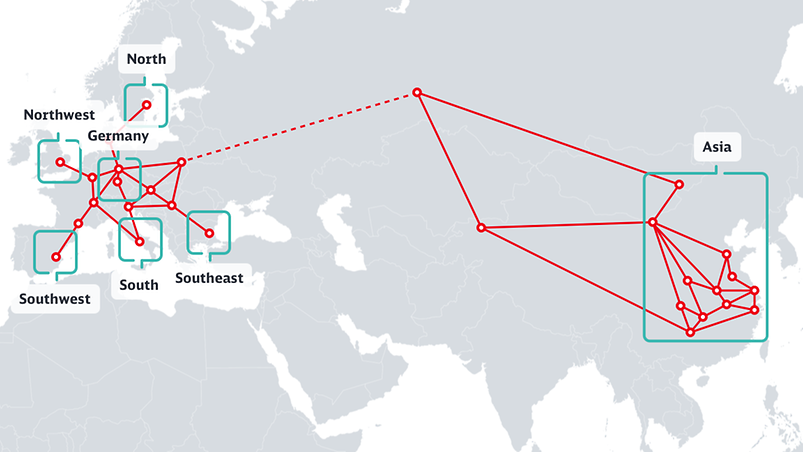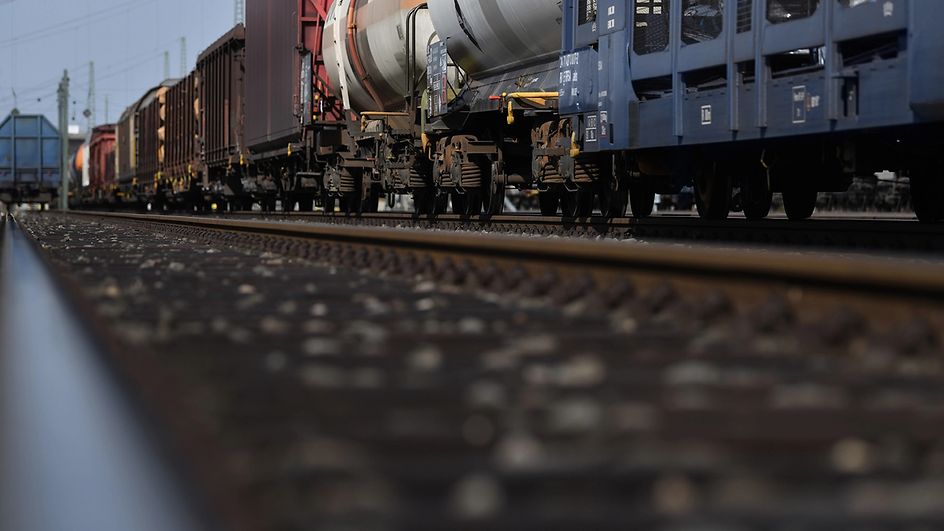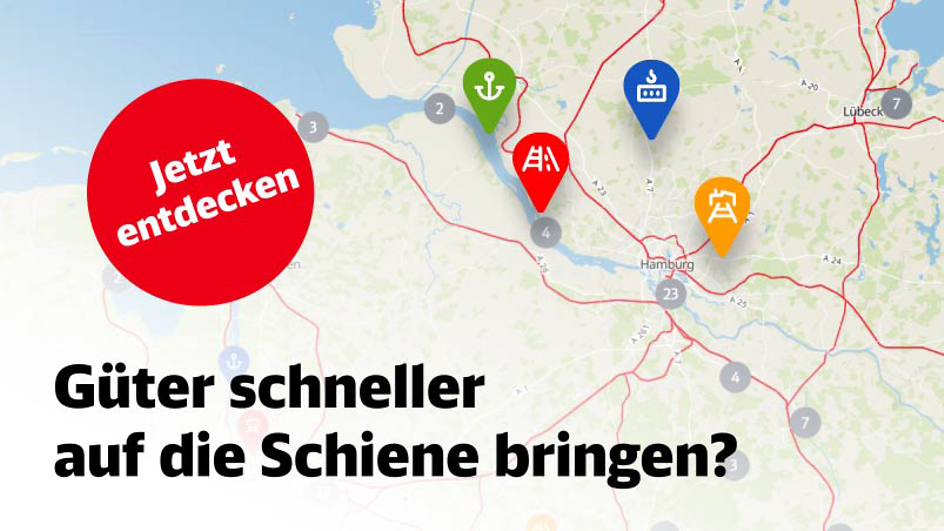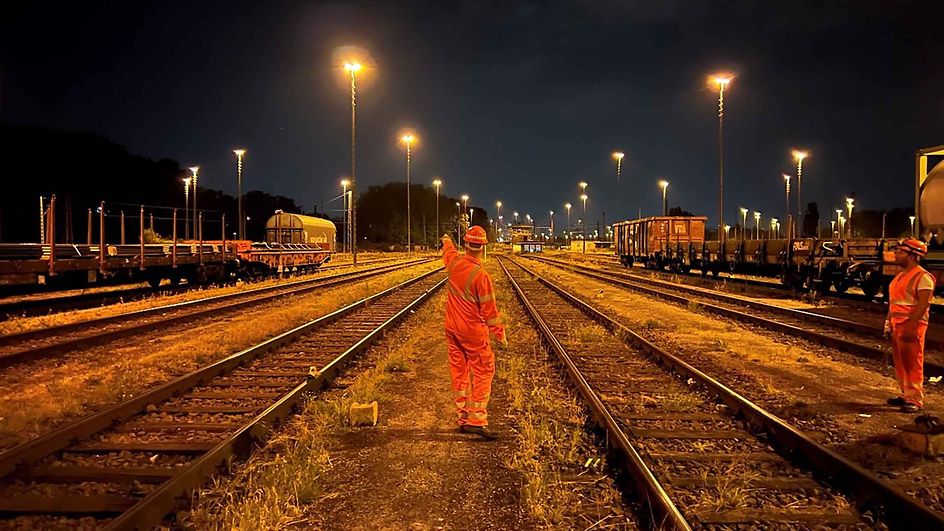Single wagonload transport: flexible and all-encompassing
For small and large volumes. For customers with their own private siding and those without. In Germany or anywhere in Europe. We have Europe's largest fleet of rolling stock, so we can accommodate your batch sizes.
Single wagonload transport: flexible and all-encompassing
- Largest European rail network with daily departures
- Access even without a private siding
- Flexible ordering with regard to times, cargo volumes and routes
- Large wagon fleet with special equipment
- CO2-reduced transport solutions

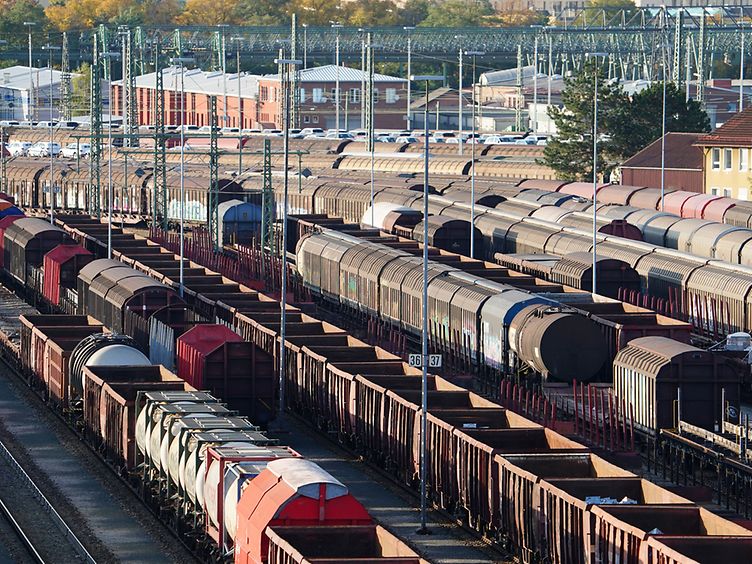
- 3400 freight terminals
- 430000 trains in the network
- 12000 freight wagons a day
- 1/4 transported internationally
What is single wagonload transport?
DB Cargo single wagonload transport is particularly suited to small and medium-sized consignments. Wagons from different consignors and bound for different consignees are assembled to form a complete train.
End of the video above
Why is it good for the climate?
Single wagonload transport is flexible and in many cases can replace a heavy goods vehicle – up to 40,000 HGV journeys a day to be precise.
In this way, we save 2 million tonnes of CO2e a year on the 230,000-kilometre-long network, which is the largest in Europe.
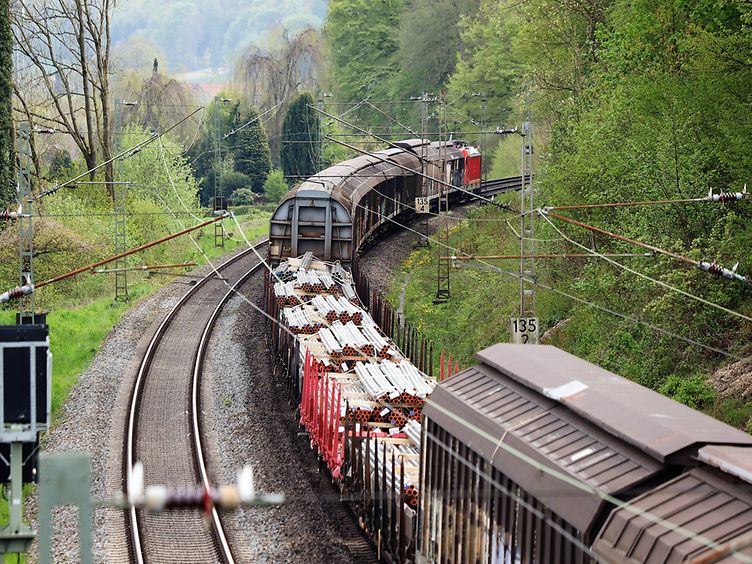
The benefits of single wagonload transport
How is a transport organised?
We use a wide range of access points so that all companies can benefit from rail.
Some companies have their own private siding and load on site. Other companies access single wagonload transport with our door-to-door solutions.
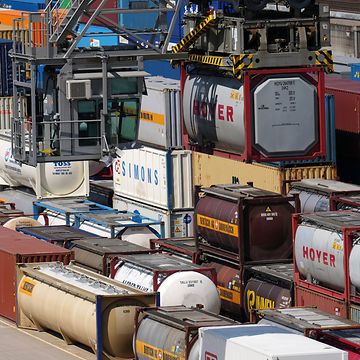
The goods are collected in containers or semi-trailers by HGV and lifted onto freight wagons by crane. The journey continues by local train to one of the 144 train formation yards.
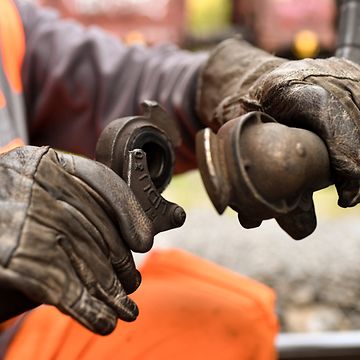
After arriving at the train formation yard, the individual freight wagons from different consignors are assembled to form complete trains.
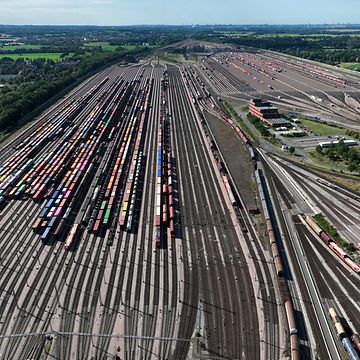
The trains travel to one of nine large marshalling yards in Germany. There, DB Cargo breaks them up into individual wagons again.
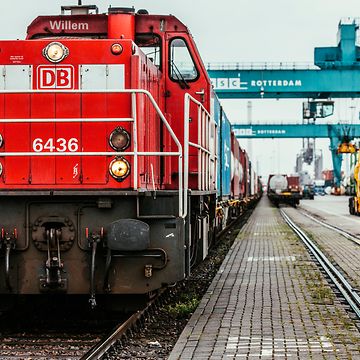
The wagons are then combined into cross-regional trains according to the region they are bound for. When they reach their destination, they are disassembled again, and the freight is delivered to the recipient either by local train or HGV.
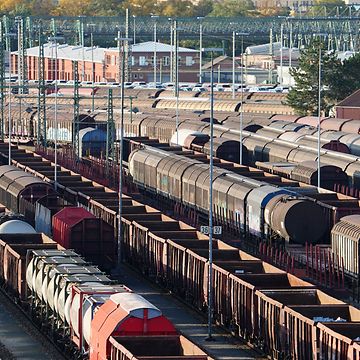
In this way, DB Cargo runs up to 1,600 trains a day in single wagonload transport.
No sidings? No problem!
Companies don't necessarily need their own private siding for single wagonload transport: containers or semi-trailers can be transported by HGV over the first and last mile and loaded onto the train by crane at a railport. That's how we get the goods on track.

What freight do we transport?
Our single wagonload transport is an important building block in the supply chain of many industries, e.g.:
We deliver foods to large distribution centres in overnight services for the retail trade.
We deliver automotive parts to manufacturers or scrap to steelworks for medium-sized companies.
We move goods that are too heavy or too dangerous for road transport for large-scale industry: for example, steel coils weighing a tonne or more or tank wagons with chemical precursors and end products.

Promotion of single wagonload transport
Single wagonload transport is subsidised by the Federal Ministry of Transport as part of the operating cost subsidy for single wagonload transport (BK-EWV).
In the 2023/2024 funding period, DB Cargo utilised funding from the BK-EWV. EUR 172,639,605 was granted.
The funding rate for eligible train journeys in the 2023/2024 funding period was EUR 6.91 per train path kilometre. The funding rate for the operation of GLG facilities (sidings, loading points and freight terminals) was between EUR 255 and EUR 1,275, depending on the total service volume).
Get in touch with our experts.
DB Cargo AG
